Osho Meditation – Why It Needs No Technique?
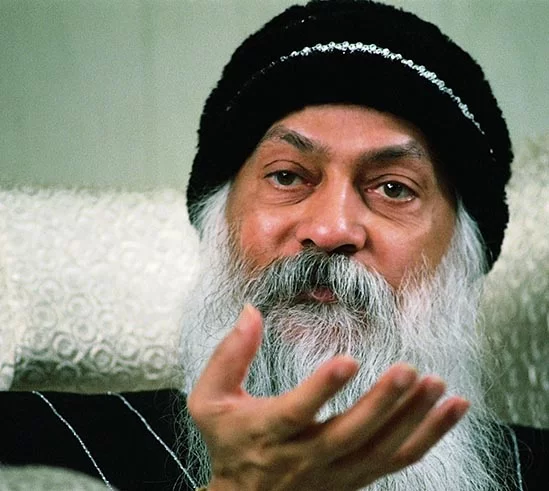
Meditation has long been associated with structured techniques, methodologies, and practices aimed at achieving inner peace and heightened awareness. However, in his discourse, Meditation Needs No Technique, Osho challenges this conventional perspective. He asserts that meditation, at its core, is an inherent state of being rather than a skill that requires structured learning. While techniques can serve as preparatory tools, true meditation unfolds naturally when the mind is free from distractions. With this note, lets dive deeper into ‘Osho Meditation – Why It Needs No Technique’.
The Natural Essence of Meditation
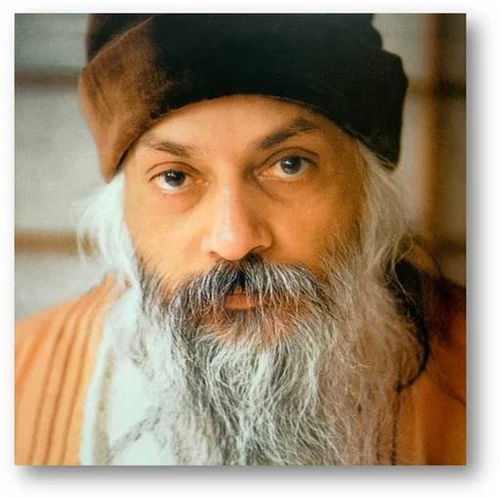
Osho emphasizes that meditation is not something external that needs to be acquired; rather, it is an intrinsic part of human nature. Every individual possesses the potential to experience deep awareness and inner stillness. However, the chaotic and restless nature of the mind acts as an obstacle to this realization. Instead of treating meditation as an activity to be performed, Osho invites seekers to recognize it as a state of presence that emerges effortlessly when unnecessary mental clutter is removed.
The Role of Techniques in Meditation
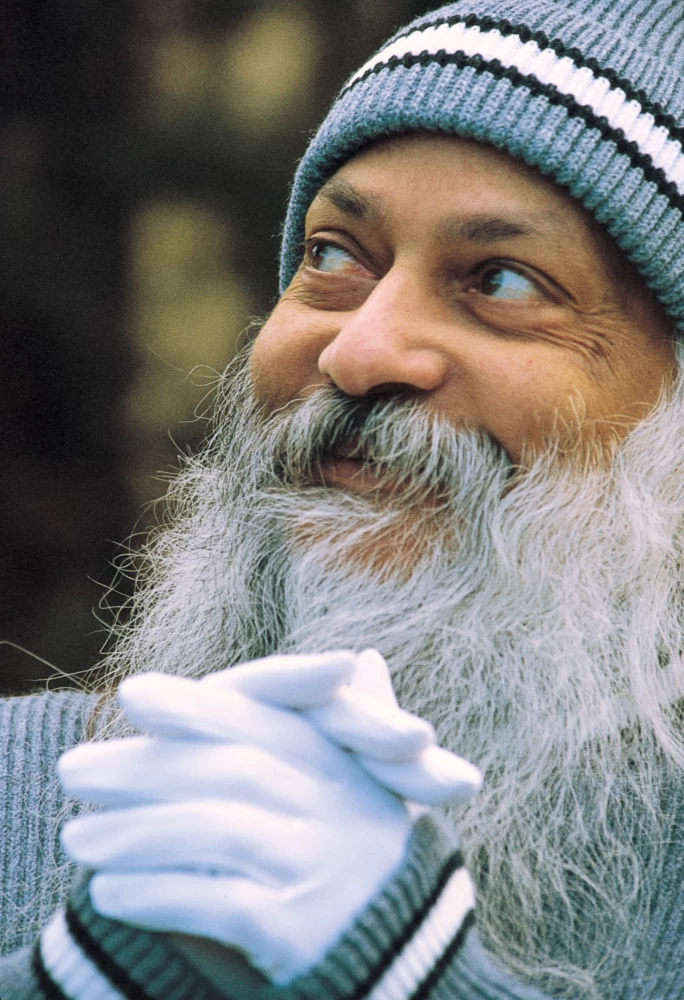
Although Osho asserts that meditation itself does not require a technique, he acknowledges the importance of preparatory methods. The mind is filled with distractions, thoughts, emotions, and unresolved tensions that can hinder the meditative experience. In this sense, techniques function as tools to clear the mental landscape, making it easier for meditation to arise spontaneously.
Osho compares this process to gardening. Just as a gardener removes weeds to allow flowers to bloom, an individual must first remove psychological and emotional barriers to create a fertile ground for meditation. Techniques such as breath awareness, mindfulness, or chanting are not the meditation itself but rather means to facilitate the right conditions for it to occur naturally.
The Influence of J. Krishnamurti’s Teachings – Osho Meditation
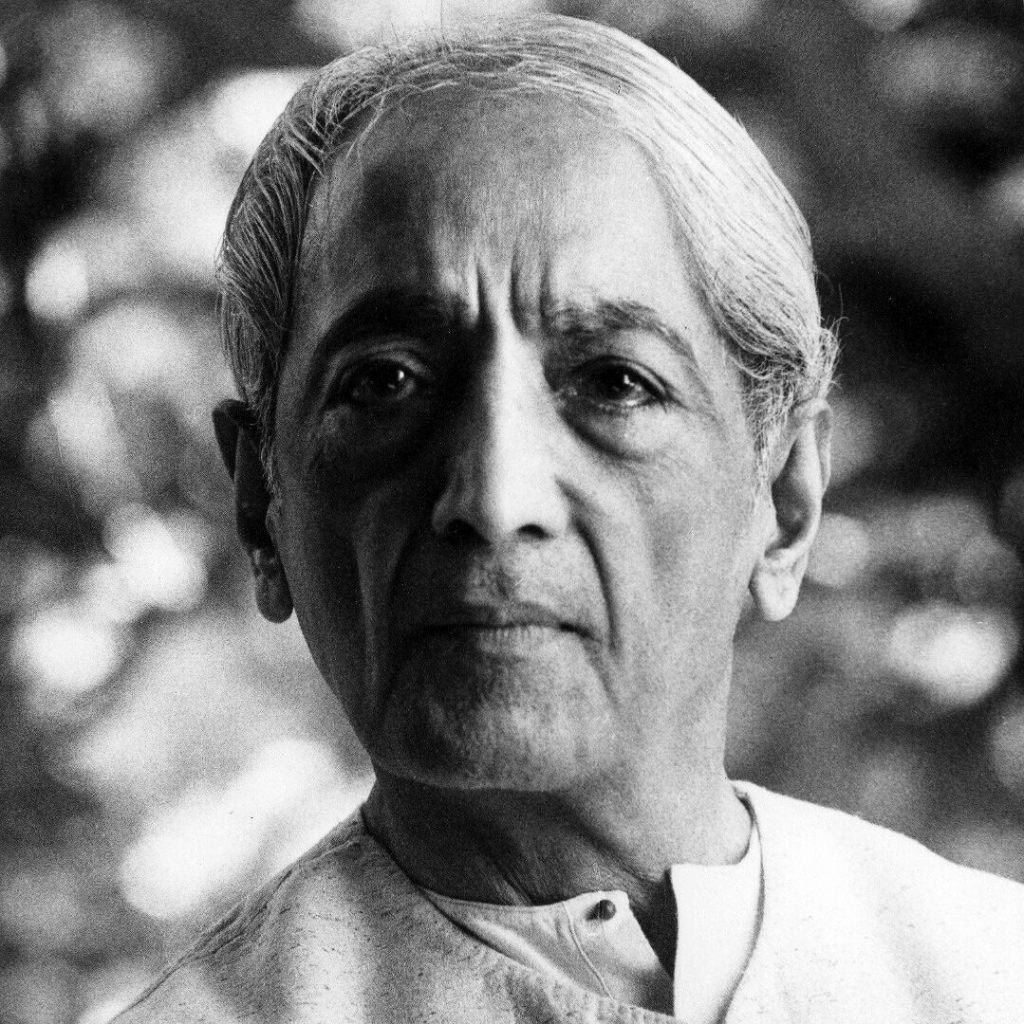
Osho draws a parallel between his perspective and that of J. Krishnamurti, who famously rejected structured meditation techniques. While Krishnamurti insisted that meditation needs no method, Osho refines this view by acknowledging that techniques are useful in addressing the mind’s obstructions. The issue lies not in using techniques but in becoming attached to them as the end goal rather than seeing them as stepping stones toward true meditation.
Overcoming Cognitive Barriers – Osho Meditation
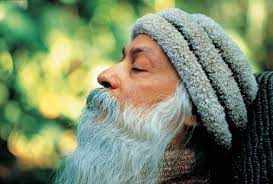
One of the greatest challenges in meditation is the mind’s tendency to create obstacles. Fear, doubt, distractions, and past experiences act as barriers that prevent individuals from accessing their natural state of awareness. Osho highlights that techniques are beneficial only to the extent that they help remove these mental roadblocks. Once the mind is clear, meditation flows effortlessly without the need for structured practice.
Awareness as Our True Nature – Osho Meditation
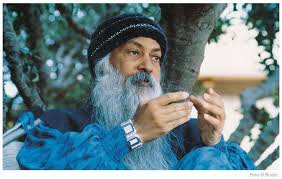
According to Osho, the essence of meditation lies in pure awareness. This awareness is not something that can be attained through effort or discipline; rather, it is our natural state, obscured by layers of conditioning and habitual thinking. By stripping away distractions, what remains is clarity, stillness, and a profound connection with existence. The mistake many practitioners make is confusing techniques with the experience itself, leading to a mechanical approach to meditation rather than an organic unfolding of awareness.
Meditation as an Ongoing Journey
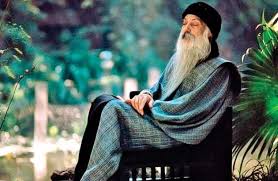
Osho underscores that meditation is not a goal to be achieved but an ongoing journey of self-discovery. It is a continuous process of peeling away mental and emotional layers to reveal the stillness within. True meditation requires honesty, courage, and a willingness to confront one’s inner world without resistance.
Challenging Cultural Notions of Spirituality
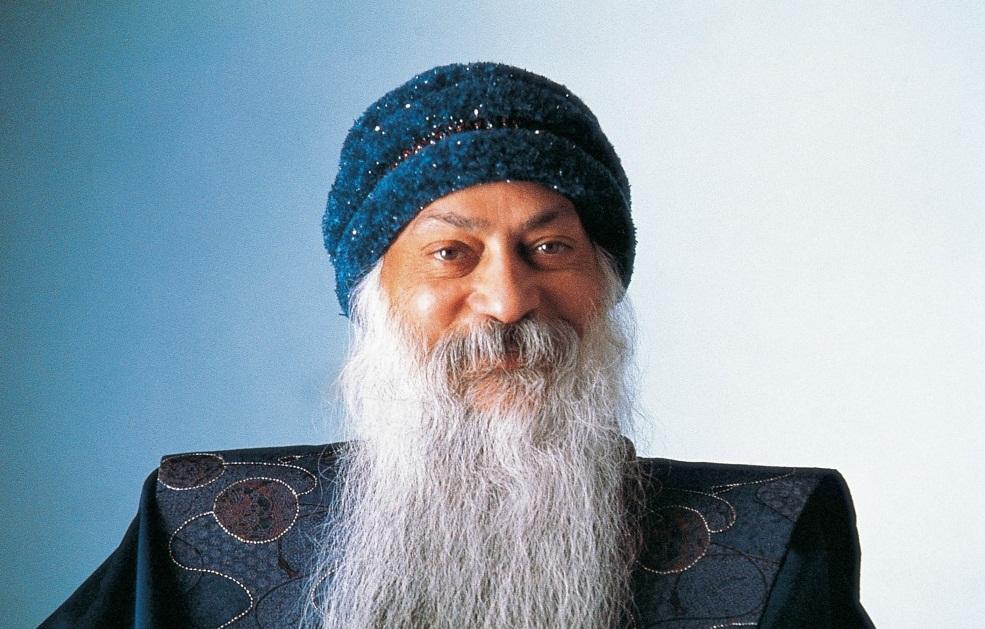
Many spiritual traditions emphasize that enlightenment can only be reached through specific paths, practices, or disciplines. Osho challenges this belief by asserting that meditation is accessible to all. No rigid structure or predefined methodology is necessary to experience inner stillness and awareness. This perspective democratizes meditation, making it an open invitation to anyone willing to explore their consciousness beyond conventional techniques.
Conclusion: A Return to One’s True Self
In essence, Osho’s discourse on meditation highlights a fundamental truth: meditation is not an activity but a state of being. Techniques can be helpful, but they should never overshadow the essence of meditation itself. By removing mental distractions and embracing stillness, individuals can rediscover their natural meditative state. Meditation, in Osho’s view, is not about striving or achieving but about returning to one’s true self—a state of effortless awareness and inner peace.

